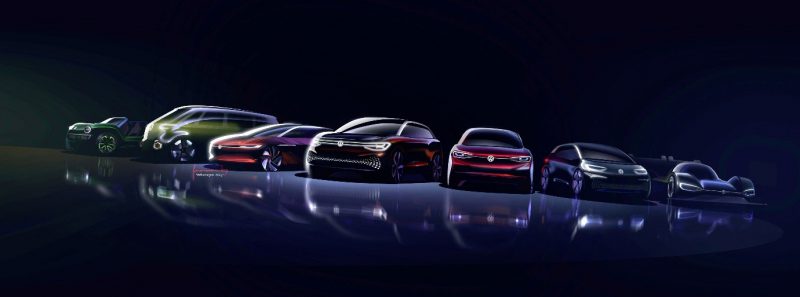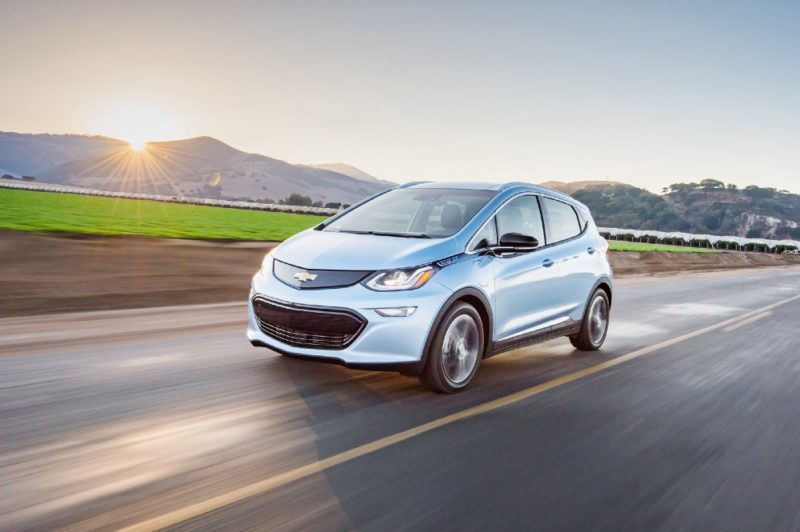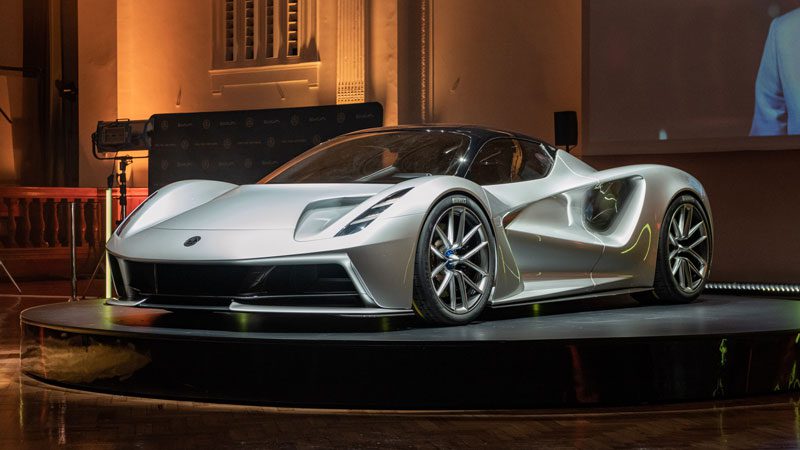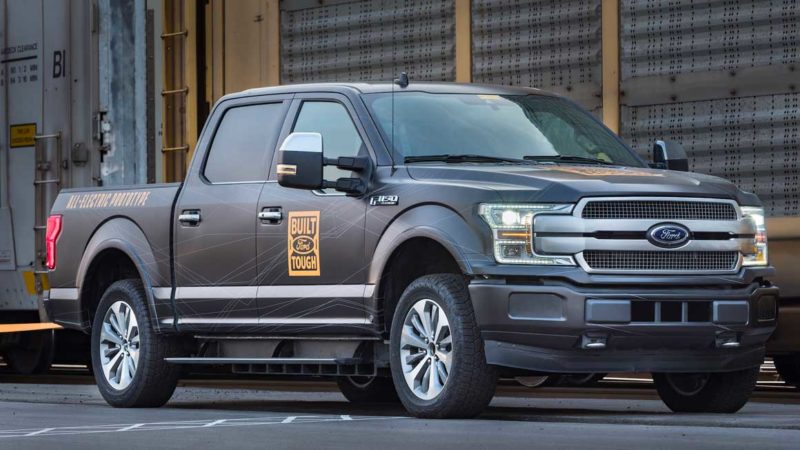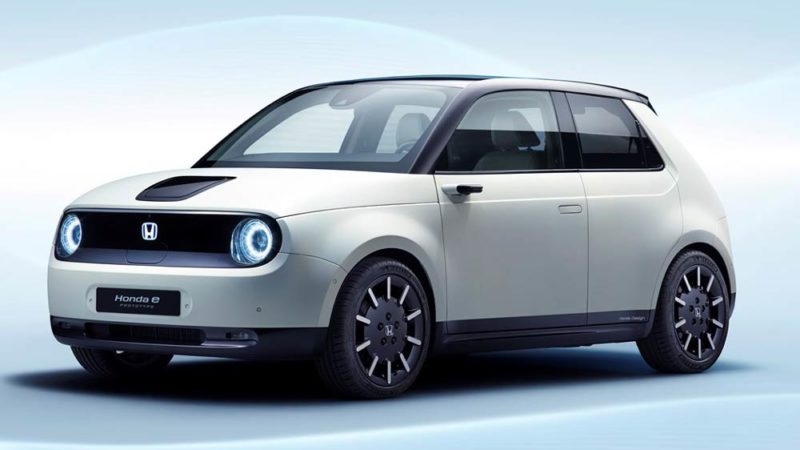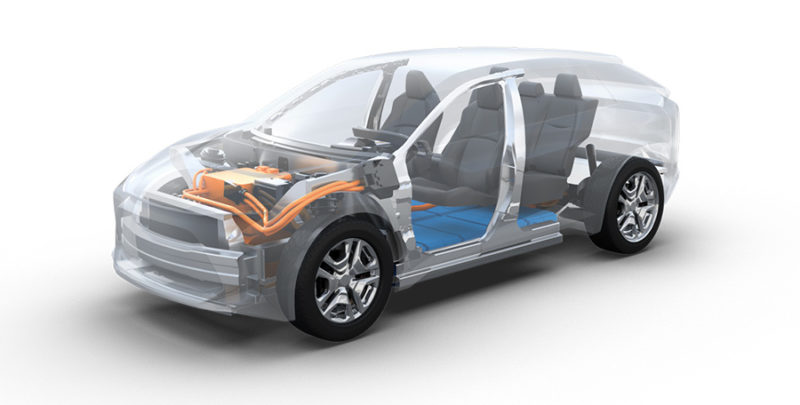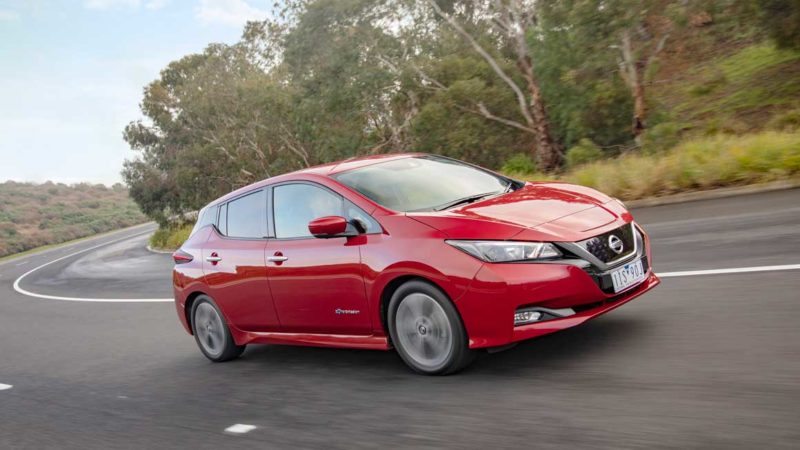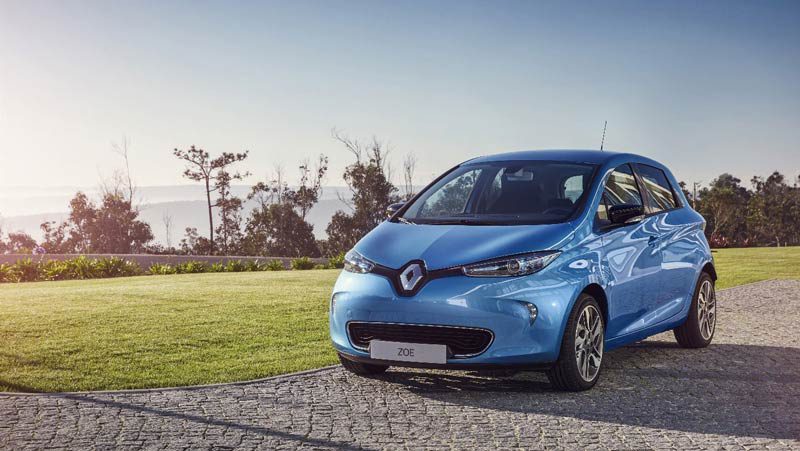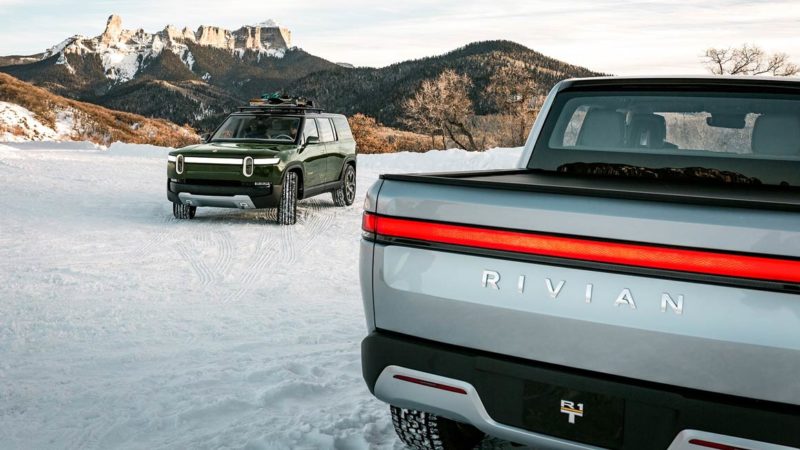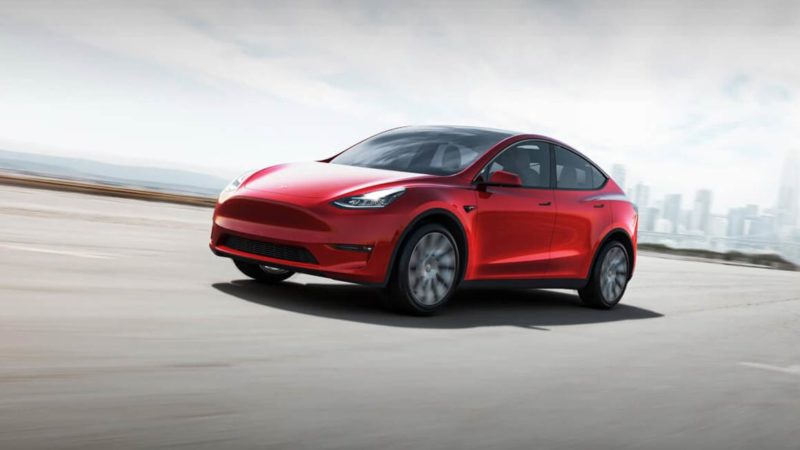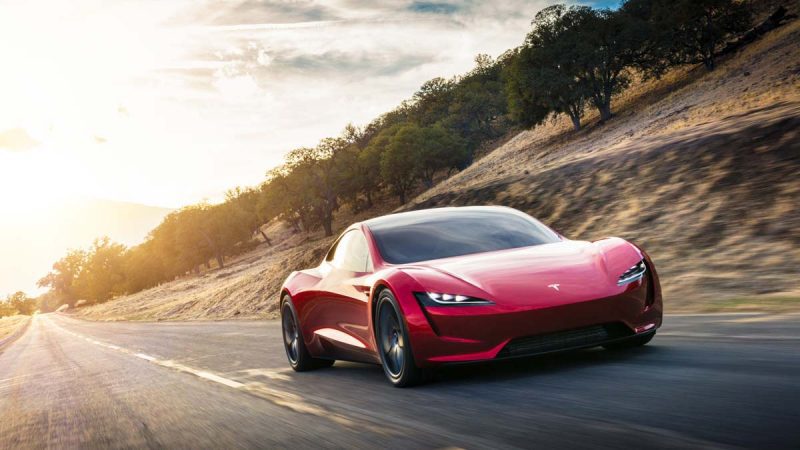Charge up! The electric vehicle market is reaching its tipping point
In the last 6 – 12 months, most of the world’s major auto manufacturers have announced timelines for at least partial electrification of their range; even holdouts like Toyota and Ford have suddenly jumped onto the EV bandwagon, lest they create their own ‘Kodak moment’.
Most of my articles on newly announced electric vehicle (EV) models are deliberately focused on those arriving (or soon to be) – either somewhere the world or here in Australia.
I usually avoid models still in design and/or announced as ‘to come in X years’ time’ as, when it comes to EVs, we have become accustomed to even three month timelines blowing out to eighteen and beyond.
(Think almost every model EV ever to come to Australia, let alone their update versions!)
However, the EV market is hotting up and auto manufacturers can no longer afford the luxury of making announcements to pacify the public clamour for them, and then sit on their hands whilst selling high profit (and highly polluting) SUVs and diesel 4WD utes – lest their competitors beat them to the market.
Below is a selection of the coming EVs and EV plans of many of the world’s well-known auto manufacturer names, plus those of some newcomers hoping to snatch a share of the EV prize.
Note that it is a selection only; a full wrap-up of the current world EV market is finally beyond the scope of a single article!
Volkswagen Group
The VW ID family. Source: VW media
VW, thanks to a potential ‘near-death’ experience over the Dieselgate scandal, have committed literally billions (probably well north of US$100 billion by now) to reinvent themselves as a major manufacturer of all-electric BEVs (Battery Electric Vehicles) across all their marques1.
The first VW BEV model based on the new MEB EV platform (the ID.3) is now in pre-production with vehicles quietly rolling off the production line to test the systems and the build quality.
When it hits the market in mid-2020, it will also be in numbers (unlike a lot of EVs coming to market) as VW has heavily invested in EV manufacture and battery supply contracts.
The next models in the ID series will be the ID Crozz (2020), ID Vizzion (2022) and ID Buzz (2022 or 23).

Their other marques are also well placed on the BEV bandwagon too: Porsche are releasing the Taycan later this year, Audi has just released the e-tron with more BEV models to come soon; SEAT recently announced six new electric and hybrid models to come (starting 2023); and Skoda will have a BEV coming to market this year and another in 2021, plus several Plug-in Hybrid Electric Vehicles (PHEVs).
Even Bentley has plans for a BEV by 2025 and will hybridise all its models by 2023.
Overall, by 2025 the VW group plans to have around 70 all-electric models on the market and to sell 22 million BEVs over the next 10 years.
PSA group2 (Peugeot, Citroen, Vauxhall and Opel)
The Corsa-e. Source: Vauxhall
Several models are about to be launched from this group: Peugeot’s e-208 will be released in Europe late this year, plus its related sibling the e-2008 CUV. Also based on the e-CMP (Common Modular Platform) architecture will be the Citroen DS 3 Crossback (due to begin deliveries in January 2020) and the Vauxhall Corsa-e.
All are likely to share the same 50kWh battery and 100kW motor – but full specifications for the Corsa-e are yet to be released (even though pre-order books for all of these have already opened).
GM
The 2018 Chevy Bolt. Source: Chevrolet
Famed (or infamous) for starting and then stopping the BEV revolution in the 1990’s with their EV1, they are still keeping up with an on-again/off-again EV strategy.
After crushing as many of the EV1s as they could reclaim of the 1100 or so that were built, GM returned to EV building with the much acclaimed (if overpriced) Volt PHEV in 2011, only to discontinue all PHEV production in early 2019.
They also returned to full BEV production with the confusingly named ‘Bolt’ in 2016. Whilst the Bolt is still in production, there is no right-hand drive version and GM build less than 30,000 of them a year. GM has announced plans to build a new range of BEVs under their Cadillac brand – but no dates or models have been announced.
Their GMC brand has also been reported to have intentions to build electric SUVs and pickups – but again, no dates, or even model design drawings, have been released. A rumour is also going around the auto industry that an all-electric Chevrolet Camaro is being designed.
Lotus
The Lotus Evija. Source: Lotus
Lotus recently announced their new full electric Evija for production in 2020. 2000 metric horsepower, 400km range and a top speed of 320km/hr – it will be a true electric ‘hypercar’.
The Evija will also be the first model from Lotus to be produced with the backing of its new parent company (and Chinese automotive giant) Geely – perhaps pointing towards a more electric-oriented future direction for the brand.
Ford
Source: Ford
Until recently, Ford have been steadily dropping all models except large, fuel guzzling (and highly profitable) SUVs and pickups. As such, it was looking like becoming the most flat-footed manufacturer for catching up when the EV momentum really hit its straps.
However a lot can change in six months: Ford early this year invested $US500 million in the start-up EV pickup and SUV manufacturer Rivian, and has more recently done a deal with VW to share the MEB platform for building electric Fords, as well as show off a prototype all-electric F-150.
So no actual production models yet, but they have at least noticed that EVs are here to stay!
Honda
The Urban EV. Source: Honda
Early to adopt hybrid technology with the first Honda insight in 1999 – they have been slow to the plug-in hybrid or full electric games. That has changed with the Clarity full-electric recently becoming available alongside its FCEV (Fuel-Cell EV) and PHEV versions.
However the clarity is only sold in limited numbers in limited markets. Soon to come is the Honda Urban EV. A city car with reportedly a 320 km range, it is a cute looking vehicle! However it too will be sold in limited markets – and likely only in Europe.
Toyota
Source: Toyota
Long a supporter of hybrid, plug-in hybrid and fuel-cell EV technologies over full battery electric EVs, they have recently begun changing their tune to talk about introducing full BEVs into their line-up, starting 2020 with deals cut with both BYD and Subaru.
No models or specifications have been released yet – but it is a sign of the times that Toyota are even talking full battery electric at all.
Nissan
The 2019 Nissan Leaf. Source: Nissan
Early to the full BEV market in late 2010 with the Leaf – they have developed only slowly since then with the result that many other manufacturers have well overtaken what was the first ground-up, all-electric car from a mass manufacturer.
The current Leaf 3.SERO e+ with its 63kWh battery is a serious contender on price and specifications against the Kona and others, but the others have been there a while, and the new Leaf is only really catching up.
Alongside the e-NV 200 van/people mover and the coming Infinity QX Inspiration, Nissan do seem to have let the ball drop somewhat since they took the initial lead with the first Leaf.
Renault
Source: Renault
Since 2013, their sole passenger vehicle model has been the Zoe. It has seen a series of battery and motor upgrades over the years, and a new model with a larger battery, motor and (finally) DC charging is due in early 2020.
Whether we see the new one in Australia is up in the air though – so far only the 2017 model is available here with none of the overseas motor upgrade models since 2017 being available.
On the other hand, Renault do have two urban delivery vans available in Europe, with more to come.
However none come with DC fast-charging or larger batteries, or will do so in the foreseeable future. Good for local European deliveries – they are probably unsuitable for the longer ranges needed here in Australia.
BMW
The BMW iX3. Source: BMW
BMW have shown a somewhat confused approach to EVs. Having released the technologically advanced i3 in BEV and PHEV versions in 2014, as well as the i8 PHEV, they have flip-flopped as to what to do next.
Sometimes it’s a new i3, then an end of the i3 in favour of electrifying their standard range, then maybe a new model i3 and expanded range of i-cars after all. Currently, it is expected that an all-new i4 will become available in 2021 with a reported range of 640km.
However, if you think that’s confusing, recent pronouncements from the board are even more so.
Klaus Frölich, the 58-year-old BMW board member in charge of development has said in different forums recently, words to the effect of: ‘EVs will never equal the prices of equivalent conventional cars’ (credible analysists have put the date for price parity as 2024, after which EVs will become cheaper that their ICE equivalents) and ‘Nobody wants to buy EVs, that’s why we can’t sell them’.
(Despite Tesla, Hyundai and all the other auto manufacturers that build EVs with the specifications the public want having very long waiting lists for theirs – even at current EV prices!)
Rivian
Source: Twitter/Rivian
A quiet achiever over the last 10 years – it exploded into public consciousness a couple of years ago with the release of full working pre-production versions of the R1T pickup and R1S SUV.
There is now some serious money being thrown at the company; only this year Amazon invested US$700 million and Ford US$500 million in Rivian.
Rivian chief engineer, Brian Gase, has stated that they will begin exports to Australia soon after production in the US begins. Rivian expects to begin deliveries in 2021.
Tesla
Source: Tesla
So what has the market leader (if not driver) got up their sleeve over the next 3 – 5 years to keep up with the slew of BEVs described above coming? Well they are not sitting on their hands. In the short-term, Model 3 production capacity is expanding rapidly, with Tesla on target to sell 350 – 400,000 cars in 2019.
New production facilities that will double Model 3 production capacity are to come on-line in China later this year, and a new production line for the Model Y is to open next year in their US Fremont factory.
So for 2020, we will see the already revealed Model Y cross-over and the second generation Roadster, as well as the first Tesla ‘Semi-Trucks’.
Beyond that, a pickup (‘ute’ to us) is due to be unveiled in a few months’ time (likely production 2021) and there is a rumoured mass-market Tesla BEV to come after that.
Touted to be smaller and more basic than the Model 3, if it comes about it will be a direct competitor to the VW ID series as well as the coming offerings from Peugeot, Vauxhall and the like.
EVs in Australia
And finally – what of these will we see in Australia? Certainly the Teslas, the Rivians and probably the VW ID series at some stage, plus the Nissan 3.ZERO e+ (also at some stage). The new Zoe is a possible, as are the BMWs – but the rest are in the doubtful category.
GM no longer have a right-hand drive subsidiary in Vauxhall anymore, so the second generation Bolt or the Cadillac EVs are unlikely here; and all the others have bigger and easier markets elsewhere that offer incentives and support for the EV transition, unlike Australia.
More likely is that we will see Australia become the dumping ground for big, inefficient fuel guzzlers as they are phased out everywhere else and options become ever more limited as ICE models one-by-one die. On the other hand, when the rest of the world stops making ICE vehicles – we should hopefully see a full range of EVs arrive then.
Notes:
https://thedriven.io/2019/08/01/in-depth-electric-vehicles-horizon/
- The VW car marques being: VW, Porsche, Audi, Bentley, Bugatti, Lamborghini, SEAT, and Škoda
- If you are wondering why I lump these four together: Peugeot and Citroen are operated together under their parent company PSA, and GM sold their European arm comprising of Vauxhall and Opel to PSA in 2017.
- Forums
- ASX - By Stock
- AVZ
- Understanding lithium demand
Understanding lithium demand, page-676
-
- There are more pages in this discussion • 915 more messages in this thread...
You’re viewing a single post only. To view the entire thread just sign in or Join Now (FREE)
Featured News
Add AVZ (ASX) to my watchlist
Currently unlisted public company.
The Watchlist
LU7
LITHIUM UNIVERSE LIMITED
Alex Hanly, CEO
Alex Hanly
CEO
SPONSORED BY The Market Online
